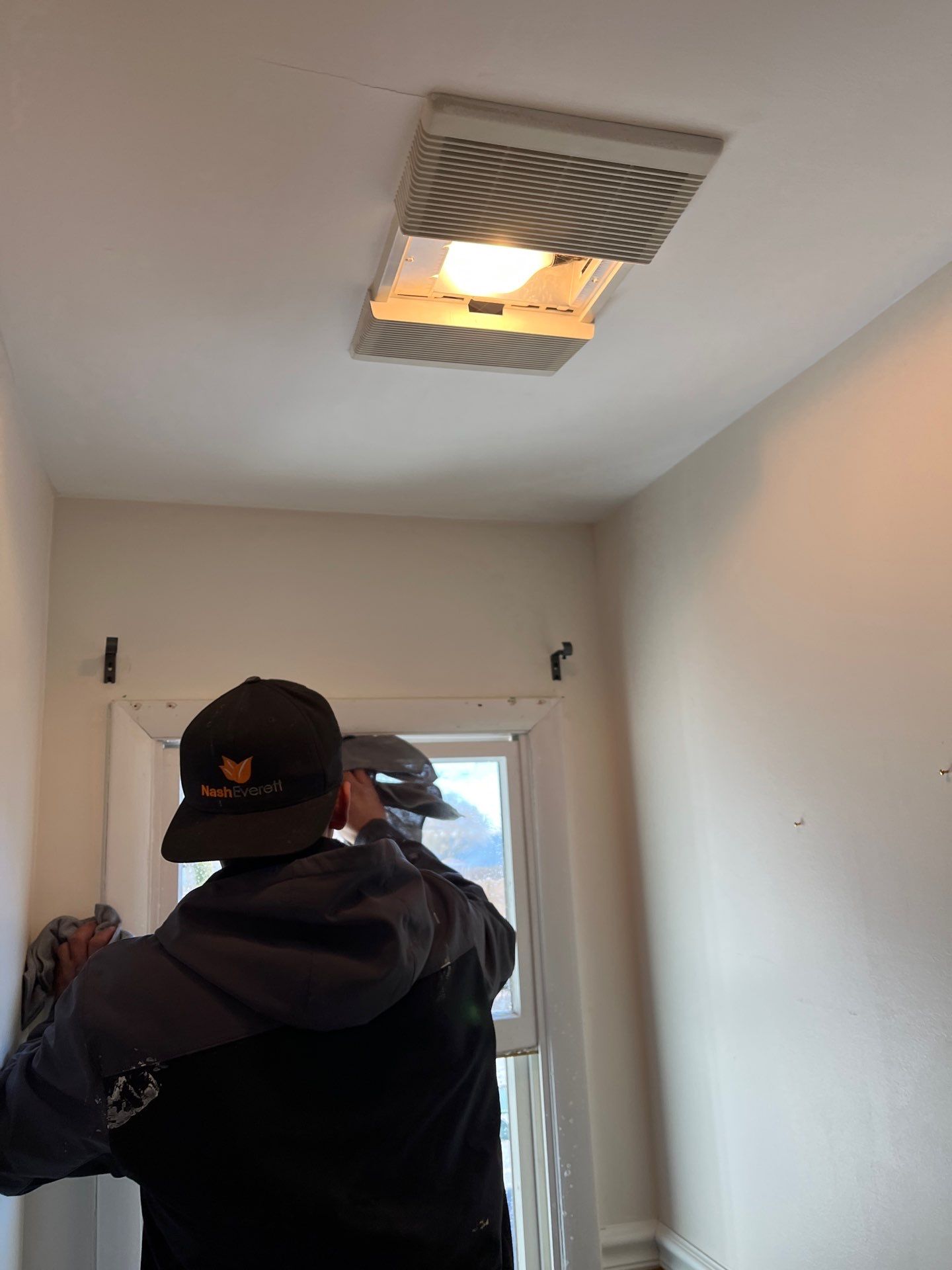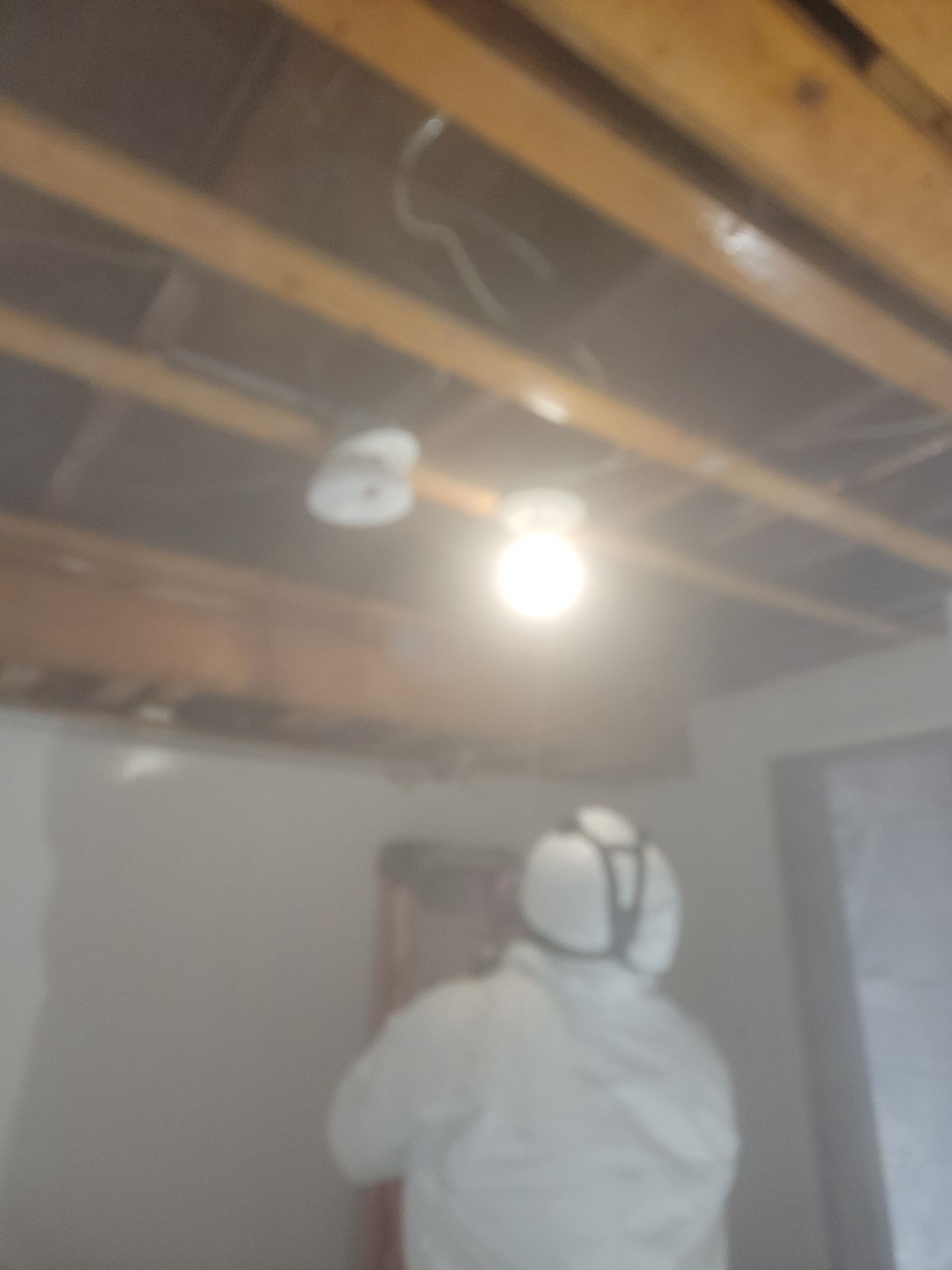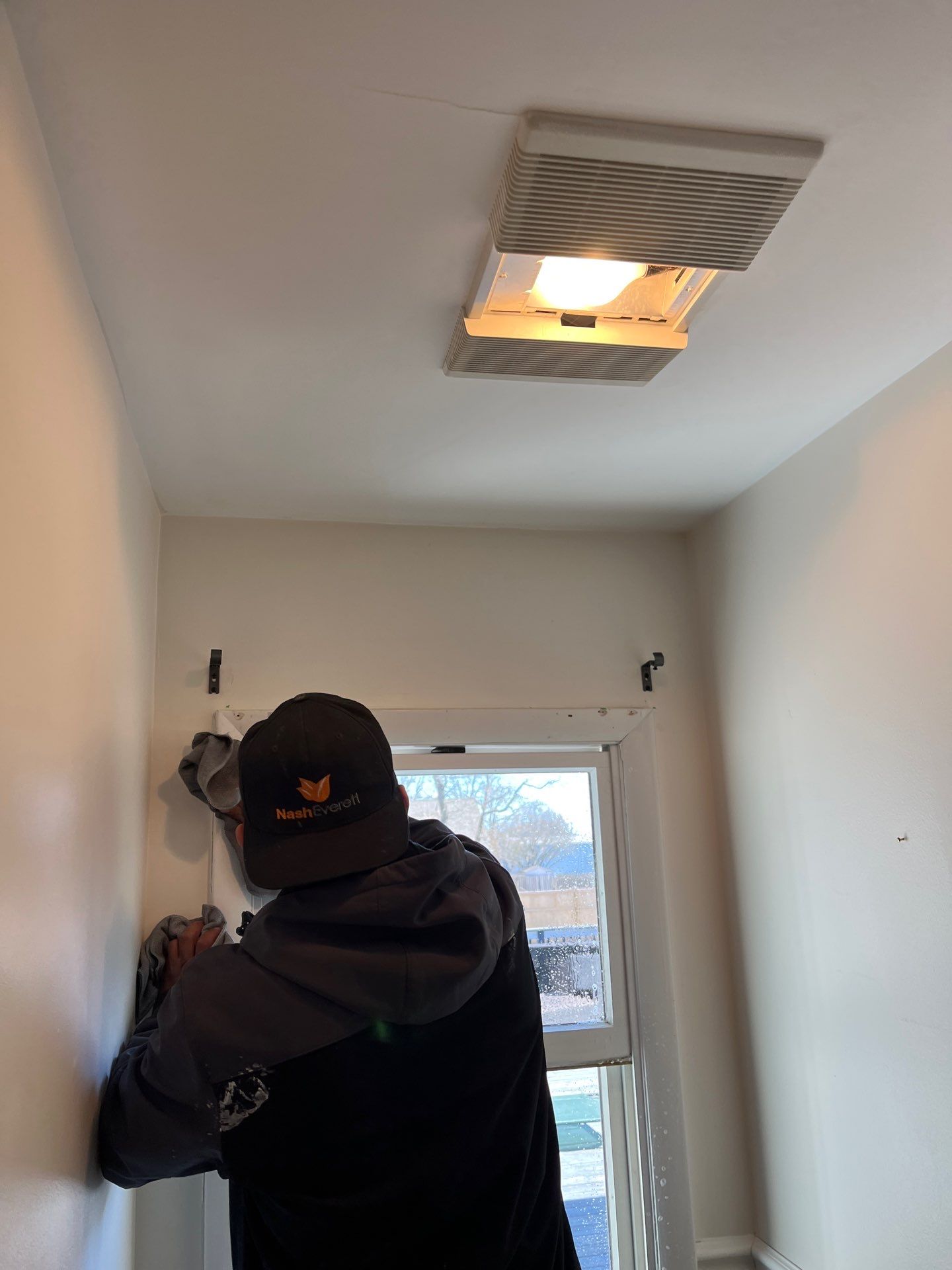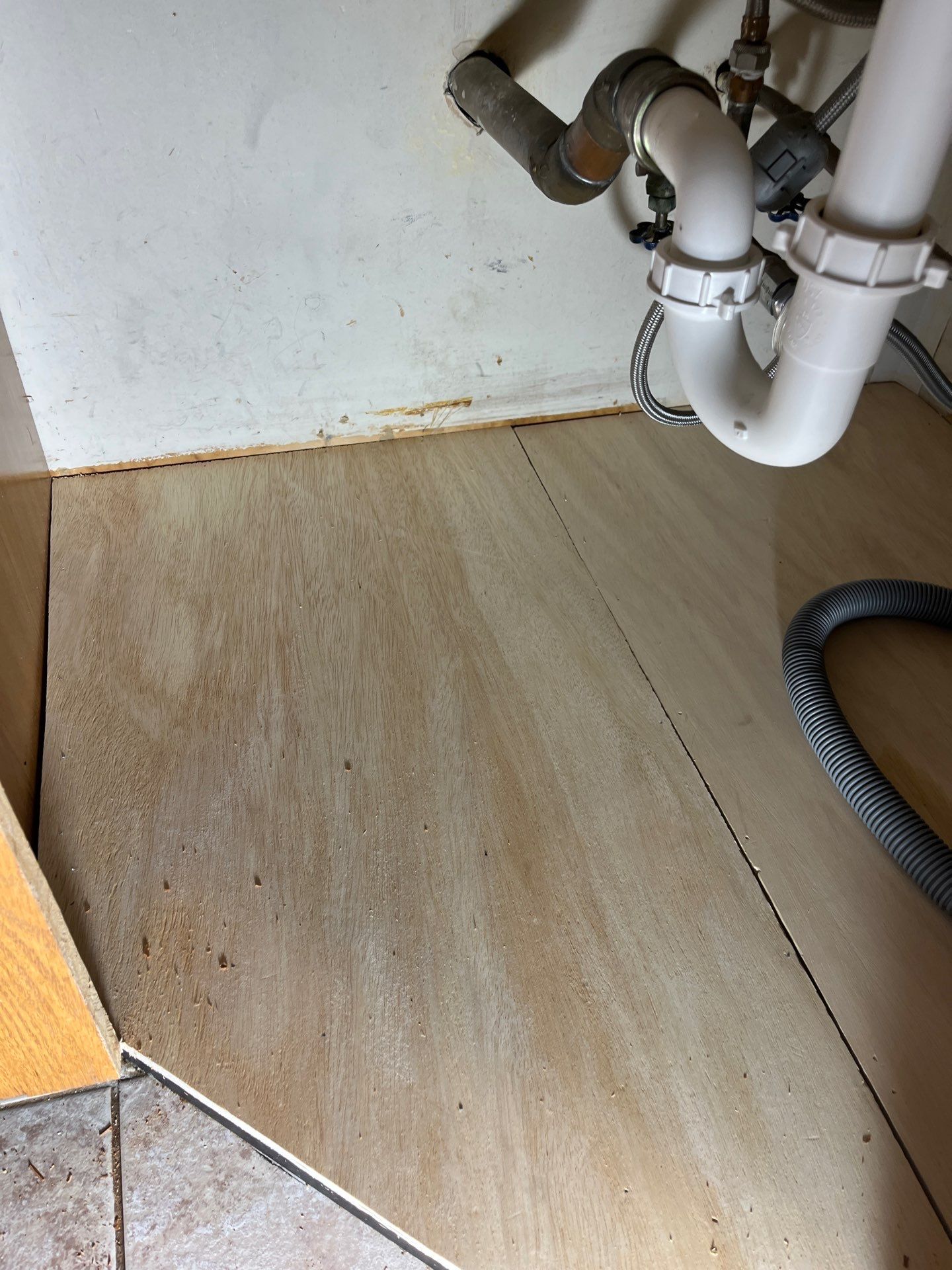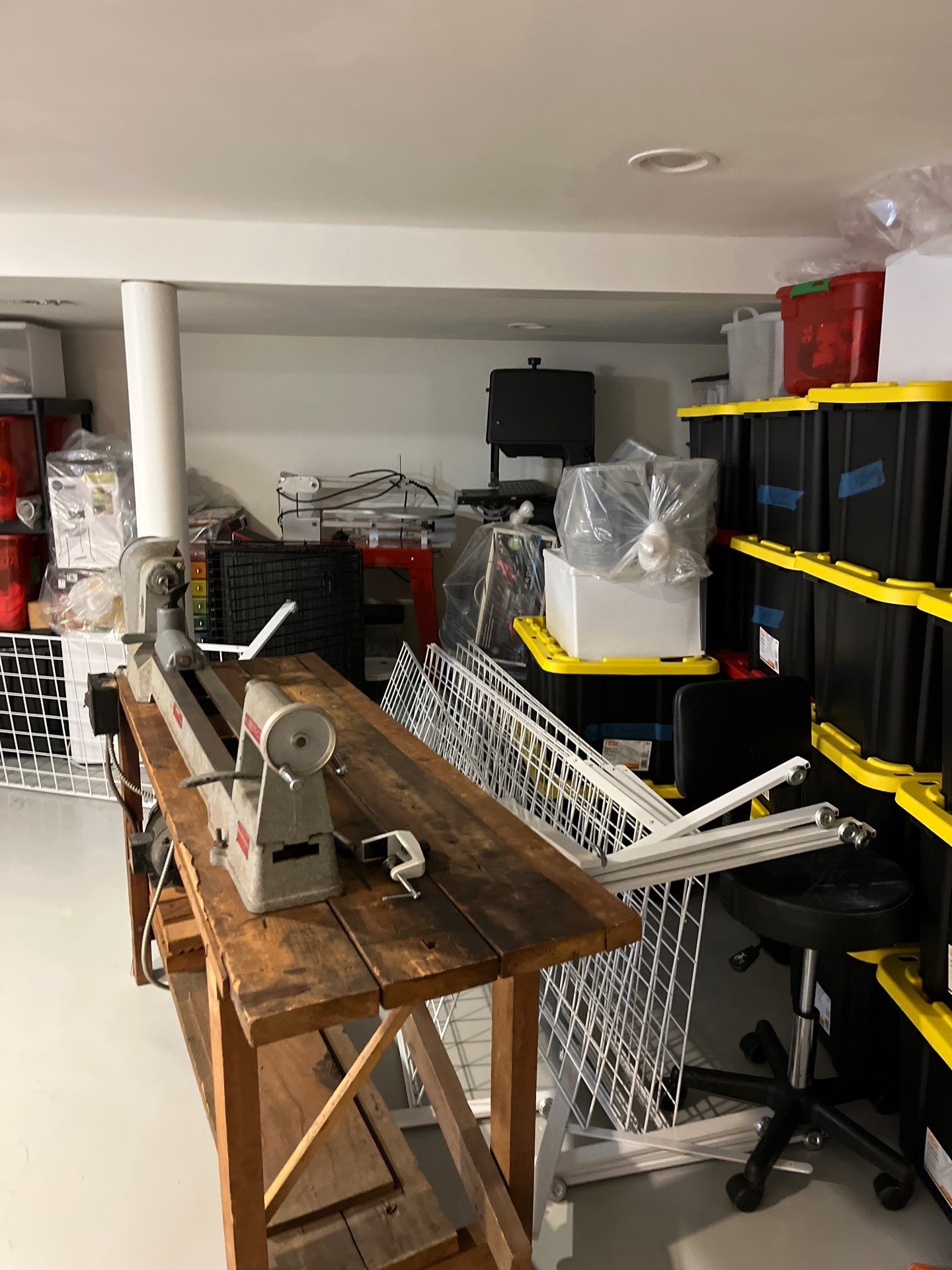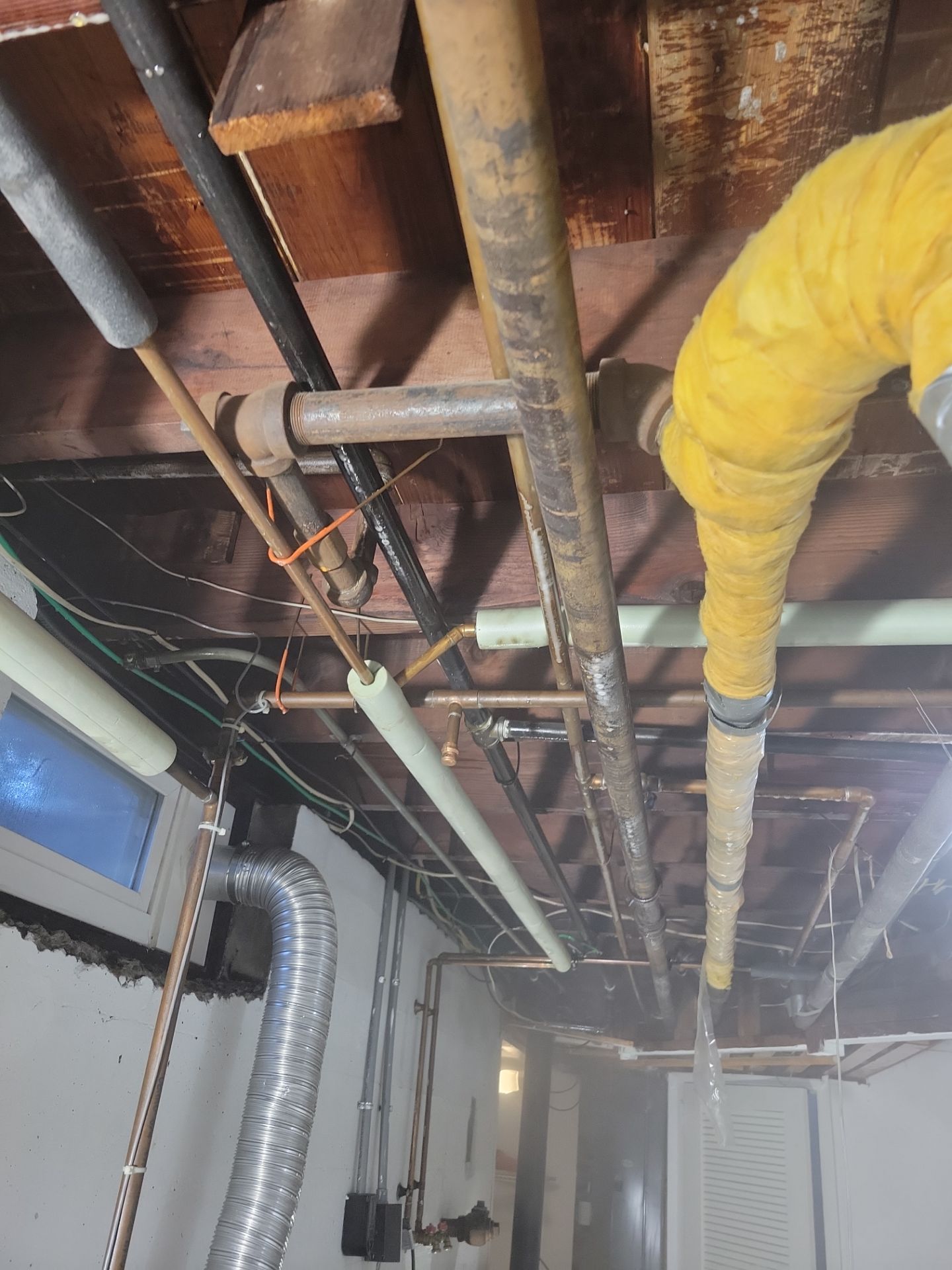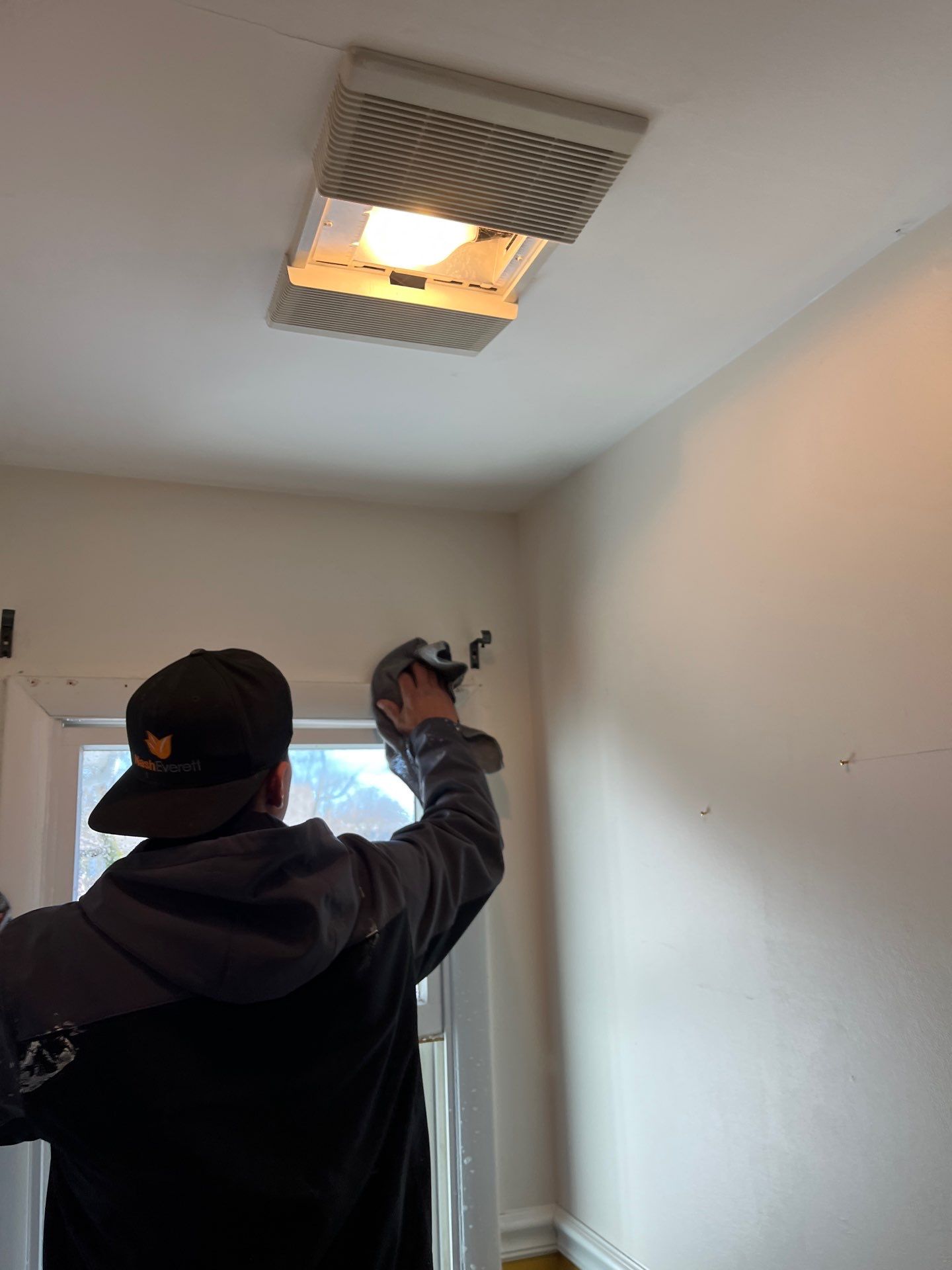Understanding Mold Removal in Galloway Township
If you’ve noticed a musty smell or discolored patches on walls in your Galloway Township home, it’s time to consider the possibility of mold. Mold growth can be more than just an unsightly inconvenience; it poses serious risks to your home’s structural integrity and your health. At Nash Everett, we specialize in identifying, assessing, and resolving mold and indoor air quality issues, ensuring a healthier environment for you and your family.
Why Mold in Your Home Should Concern You
Mold thrives in damp, warm environments and can start to grow within 48 hours under the right conditions. Here’s why you should be concerned about mold presence in your home:
Health Risks: Exposure to mold can cause symptoms ranging from sneezing, coughing, and throat irritation to serious allergic reactions and respiratory issues, especially in children, the elderly, and those with pre-existing health conditions.
Property Damage: Mold can degrade building materials like wood and drywall, leading to costly repairs and a decrease in property value.
Common Signs of Mold Growth
Many residents in Galloway Township might not recognize the early signs of mold growth until it becomes a significant problem. Here are common indicators that you might have mold in your home:
Persistent musty odors.
Visible mold growth, which may appear as slight discoloration or full-blown mold patches.
Excessive humidity and condensation.
Water damage or staining on walls, ceilings, or floors.
Professional Mold Testing and Identification
At Nash Everett, we use cutting-edge testing techniques to accurately identify the presence and type of mold in your home. Our comprehensive testing methods include:
Air Sampling: To detect airborne mold spores that are not visible to the naked eye.
Surface Testing: To confirm the type of mold growing on surfaces.
Bulk Testing: To assess the concentration of mold in various materials.
Our Mold Remediation Process
Once mold is identified, Nash Everett follows a stringent remediation process to not only remove the mold but also prevent it from returning:
Containment and Ventilation: This prevents the spread of mold spores during the cleanup process.
Mold Removal: Infected materials are removed or treated with antifungal and antimicrobial substances.
Drying: Proper drying of the affected area to ensure that no moisture remains that could facilitate mold return.
Repair and Restoration: Replacing or repairing damaged materials to restore your property to its original condition.
Choose Nash Everett for Trusted Mold Solutions
Choosing Nash Everett means opting for a trusted partner in Galloway Township who understands the local climate conditions that can contribute to mold growth. We’re not just a service provider; we’re your partner in maintaining a healthy, safe, and comfortable living environment. Trust us to handle your mold concerns with the care and expertise your home deserves.
If you suspect mold in your home or just want peace of mind, reach out to Nash Everett at +1 732-508-9197—because every home has a story, and we listen.


